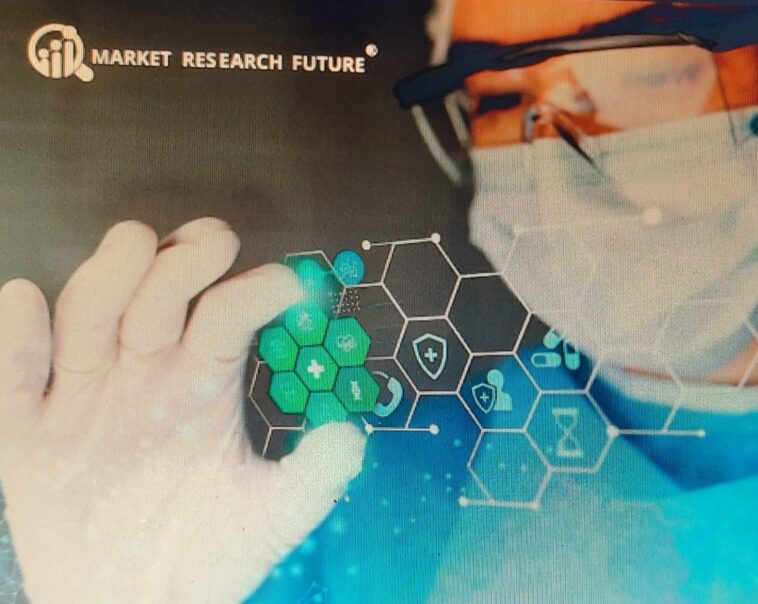Market Growth Trends of Medical Laser Systems
The global medical laser systems market has been steadily growing due to advancements in laser technologies and the increasing adoption of laser-based treatments across various medical specialties. The medical laser market encompasses a wide range of applications, including ophthalmology, dermatology, dentistry, surgery, and aesthetics. As minimally invasive procedures continue to gain popularity, the demand for medical lasers has surged due to their precision, reduced recovery times, and minimal invasiveness. The market is expected to grow at a compound annual growth rate (CAGR) of around 10-12% during the forecast period.
Technological advancements, such as the development of more powerful and versatile lasers with improved precision, are driving this growth. Laser devices are increasingly used for various procedures like cataract surgeries, skin resurfacing, tattoo removal, and even cancer treatment. Moreover, as healthcare costs rise, more patients are opting for effective treatments with shorter recovery times, further boosting the demand for medical laser systems.
Market Dynamics: Drivers, Opportunities, and Challenges
Drivers:
- Minimally Invasive Procedures: The growing demand for minimally invasive and non-invasive treatments is one of the primary drivers for the medical laser market. Laser systems allow for accurate, efficient, and controlled procedures, reducing the need for extensive incisions and enabling faster recovery. This is particularly advantageous in surgical, dermatological, and ophthalmic applications.
- Technological Advancements: Ongoing innovation in laser technology, including the development of lasers with different wavelengths and better precision, is expanding the scope of medical lasers. These innovations are making lasers more effective for a wider range of treatments, such as eye surgeries, aesthetic procedures, and cancer treatments.
Opportunities:
- Expanding Applications in Surgery: As medical lasers evolve, they are being increasingly integrated into a wide range of surgical procedures, from general surgery to urology, gynecology, and even neurosurgery. This expansion opens up new opportunities for medical laser systems across multiple specialties.
- Rising Healthcare Spending in Emerging Markets: Healthcare infrastructure improvements and rising incomes in emerging markets, such as Asia-Pacific, Latin America, and Africa, present substantial growth opportunities for the medical laser market. As the demand for advanced medical treatments grows in these regions, the adoption of laser technology is expected to rise.
Challenges:
- High Costs of Equipment: The cost of medical laser systems can be prohibitive for smaller healthcare providers, particularly in developing countries. The high initial investment and maintenance costs associated with laser systems may limit their adoption in certain markets.
- Regulatory and Safety Concerns: Regulatory requirements for medical laser systems are stringent, with manufacturers needing to meet safety and efficacy standards. The complex approval processes can create delays in product launches, especially in new markets.
Market Scope and Segmentation
The medical laser systems market can be segmented based on type, application, end-user, and region.
By Type:
- Diode Lasers: Known for their efficiency and versatility, diode lasers are widely used in dermatology, ophthalmology, and dental treatments. They are preferred for their compact design and cost-effectiveness.
- CO2 Lasers: CO2 lasers are used extensively in dermatology, surgery, and ophthalmology. They are commonly used for cutting and vaporizing tissue, particularly in surgeries requiring precision.
- Nd:YAG Lasers: Nd:YAG lasers are used for a variety of medical applications, including ophthalmology for cataract and retinal treatments and dermatology for skin resurfacing.
By Application:
- Ophthalmology: Medical lasers are frequently used in ophthalmology for cataract surgery, retinal surgeries, and glaucoma treatment. LASIK eye surgery is one of the most common laser-based procedures performed today.
- Dermatology: Laser treatments for skin resurfacing, acne scars, hair removal, and tattoo removal are growing rapidly, as patients prefer non-invasive cosmetic treatments.
- Dentistry: Laser technology is used in dental procedures such as cavity removal, gum disease treatment, and teeth whitening, offering advantages like reduced discomfort and faster recovery.
By End-User:
- Hospitals: Hospitals are major end-users of medical laser systems due to the wide range of applications in surgery, ophthalmology, and dermatology.
- Clinics: Dermatology, ophthalmology, and dental clinics are significant consumers of medical lasers for their cosmetic and therapeutic applications.
- Ambulatory Surgical Centers (ASCs): ASCs are increasingly adopting laser technologies for outpatient procedures, especially in ophthalmology and dermatology.
By Region:
- North America: North America holds a dominant share of the medical laser systems market, driven by advanced healthcare infrastructure, technological innovations, and a high demand for cosmetic procedures.
- Europe: Europe also plays a key role in the market, with strong adoption of laser systems in both medical and aesthetic applications.
- Asia-Pacific: The Asia-Pacific region is anticipated to witness the highest growth, driven by improving healthcare infrastructure, rising disposable income, and increased demand for laser-based treatments.
- Latin America and Africa: These regions show significant potential for growth as healthcare access improves, and awareness of laser-based treatments increases.
Recent Developments
- Technological Innovation: Recent advancements in laser technology, such as the development of picosecond lasers for tattoo removal and new laser wavelengths for improved precision, have enhanced the capabilities of medical lasers.
- Product Approvals: The approval of new laser systems by regulatory bodies, such as the FDA and CE Mark, has allowed for the expansion of medical laser products into new markets and applications.
- Growing Demand in Aesthetic Treatments: The rise in demand for non-surgical cosmetic treatments, such as laser hair removal, skin resurfacing, and wrinkle treatment, is a key factor driving the medical laser market, particularly in North America and Europe.
Conclusion
The medical laser systems market is poised for continued growth, driven by technological advancements, the increasing demand for minimally invasive procedures, and the rising popularity of aesthetic treatments. Despite challenges like high costs and competition from alternative technologies, opportunities in emerging markets, expanding applications, and integration with other medical technologies offer substantial growth potential. With continued innovation and adoption across various medical fields, the medical laser market is expected to maintain a strong growth trajectory in the coming years.
This post was created with our nice and easy submission form. Create your post!





